Home>Gardening & Outdoor>Landscaping Ideas>How To Make My Brown Grass Green Fast


Landscaping Ideas
How To Make My Brown Grass Green Fast
Modified: October 19, 2024
Learn effective landscaping ideas to quickly transform your brown grass into a lush green lawn. Discover expert tips and techniques for fast and lasting results.
(Many of the links in this article redirect to a specific reviewed product. Your purchase of these products through affiliate links helps to generate commission for Storables.com, at no extra cost. Learn more)
Introduction
Understanding the Causes of Brown Grass
When your once lush, green lawn starts to take on a brown hue, it can be disheartening. However, understanding the underlying causes of brown grass is the first step to revitalizing your lawn and restoring its vibrancy. Several factors can contribute to the browning of grass, including environmental stressors, improper lawn care, and pest infestations.
Environmental stressors such as heat, drought, and excessive foot traffic can lead to the browning of grass. Inadequate watering, whether it’s underwatering or overwatering, can also play a significant role in the discoloration of your lawn. Additionally, compacted soil and poor drainage can impede the grass’s access to essential nutrients and oxygen, resulting in a lackluster appearance.
Pest infestations, such as grubs or chinch bugs, can wreak havoc on your lawn, causing patches of brown grass to appear. Furthermore, fungal diseases, like brown patch or dollar spot, can quickly spread and turn your once-green lawn into a sea of brown.
By delving into the various factors that contribute to brown grass, you can pinpoint the specific issues affecting your lawn and take targeted steps to address them. Whether it’s adjusting your lawn care practices, implementing pest control measures, or improving soil quality, understanding the root causes of brown grass is crucial to its revival.
Understanding the Causes of Brown Grass
When your once lush, green lawn starts to take on a brown hue, it can be disheartening. However, understanding the underlying causes of brown grass is the first step to revitalizing your lawn and restoring its vibrancy. Several factors can contribute to the browning of grass, including environmental stressors, improper lawn care, and pest infestations.
Environmental stressors such as heat, drought, and excessive foot traffic can lead to the browning of grass. Inadequate watering, whether it’s underwatering or overwatering, can also play a significant role in the discoloration of your lawn. Additionally, compacted soil and poor drainage can impede the grass’s access to essential nutrients and oxygen, resulting in a lackluster appearance.
Pest infestations, such as grubs or chinch bugs, can wreak havoc on your lawn, causing patches of brown grass to appear. Furthermore, fungal diseases, like brown patch or dollar spot, can quickly spread and turn your once-green lawn into a sea of brown.
By delving into the various factors that contribute to brown grass, you can pinpoint the specific issues affecting your lawn and take targeted steps to address them. Whether it’s adjusting your lawn care practices, implementing pest control measures, or improving soil quality, understanding the root causes of brown grass is crucial to its revival.
Steps to Quickly Restore Brown Grass to Green
Restoring brown grass to its lush, green state requires a strategic approach that addresses the underlying issues causing the discoloration. By following these steps, you can expedite the process of revitalizing your lawn and enjoy a vibrant, green expanse once again.
- Assess the Soil Moisture: Begin by assessing the moisture levels in your lawn’s soil. Use a soil moisture meter to determine if the soil is too dry or waterlogged. Adjust your watering schedule accordingly to ensure that the grass receives adequate moisture without being overwatered.
- Aerate the Soil: Compacted soil can impede the grass’s ability to thrive. Use a core aerator to alleviate soil compaction and improve the circulation of air, water, and nutrients within the soil. This will promote healthier grass growth and aid in the restoration process.
- Overseed Bare Patches: Identify any bare or thin patches in your lawn and overseed these areas to encourage new grass growth. Choose a high-quality grass seed that is well-suited to your region and follow proper overseeding techniques to ensure successful germination.
- Apply Fertilizer: Select a balanced, high-quality fertilizer specifically formulated for revitalizing brown grass. Apply the fertilizer according to the manufacturer’s instructions, taking care not to over-fertilize, which can further stress the grass.
- Combat Pest Infestations: If pest infestations are contributing to the browning of your grass, implement targeted pest control measures to address the issue. This may involve using insecticidal treatments or natural pest deterrents to protect your lawn from damaging pests.
- Monitor for Fungal Diseases: Keep a vigilant eye out for signs of fungal diseases on your lawn, such as discolored patches or unusual growth patterns. If fungal issues are present, apply fungicides as needed to prevent the spread of disease and support the grass’s recovery.
- Adjust Lawn Care Practices: Evaluate your lawn care practices, including mowing height, watering frequency, and maintenance routines. Make any necessary adjustments to ensure that your lawn receives optimal care and support for its rejuvenation.
By diligently following these steps, you can expedite the restoration of brown grass to a lush, green state. It’s important to be patient and consistent in your efforts, as revitalizing a lawn takes time and ongoing care. With proper attention and targeted interventions, your brown grass will gradually transform into a verdant, inviting landscape once more.
To make brown grass green fast, water deeply and infrequently, mow at a higher setting, and fertilize with a high-nitrogen fertilizer. This will help revive your lawn quickly.
Tips for Maintaining a Healthy, Green Lawn
Once you’ve successfully restored your brown grass to a vibrant green, maintaining its lush appearance requires ongoing care and attention. By implementing these tips for lawn maintenance, you can ensure that your green expanse remains healthy, resilient, and visually appealing throughout the seasons.
- Proper Watering: Establish a consistent watering schedule that provides your lawn with adequate moisture without promoting waterlogging. Water deeply and infrequently to encourage deep root growth, and adjust your watering routine based on seasonal weather patterns and rainfall.
- Mowing Practices: Maintain an optimal mowing height for your grass species, as cutting it too short can stress the lawn and make it more susceptible to browning. Regularly sharpen your mower blades to ensure clean cuts, and avoid mowing wet grass to prevent damage and disease spread.
- Fertilization: Apply a balanced fertilizer according to a seasonal schedule, taking into account the specific nutritional needs of your grass type. Avoid over-fertilizing, as this can lead to excessive growth and weaken the grass’s resilience against environmental stressors.
- Weed Control: Implement proactive weed control measures to prevent invasive plants from encroaching on your lawn. Regularly inspect and address any emerging weeds, and consider using pre-emergent herbicides to inhibit weed growth before it becomes a problem.
- Aeration: Periodically aerate your lawn to alleviate soil compaction and enhance air, water, and nutrient circulation within the soil. Core aeration promotes healthier root systems and overall grass vitality.
- Pest Management: Stay vigilant for signs of pest infestations and address them promptly to prevent damage to your lawn. Implement integrated pest management strategies and consider natural pest deterrents to minimize the use of chemical treatments.
- Regular Maintenance: Keep your lawn well-maintained by addressing bare patches, thatch accumulation, and other issues promptly. Regularly dethatch your lawn and overseed as needed to promote healthy grass growth and fill in any sparse areas.
- Seasonal Care: Tailor your lawn care practices to the specific needs of each season. Adjust your maintenance routines, fertilization schedule, and watering frequency to accommodate changing weather conditions and the natural growth cycles of your grass.
By incorporating these tips into your lawn care regimen, you can nurture a healthy, green lawn that serves as a vibrant focal point of your outdoor space. Consistent, proactive maintenance will help your grass withstand environmental stressors and maintain its verdant allure year-round.
Conclusion
Revitalizing brown grass and maintaining a healthy, green lawn involves a combination of proactive measures, targeted interventions, and ongoing care. By understanding the causes of brown grass and taking strategic steps to restore its vibrancy, you can transform a lackluster lawn into a lush, inviting landscape. Whether addressing soil moisture, combating pest infestations, or adjusting lawn care practices, each action plays a crucial role in the rejuvenation process.
Furthermore, maintaining a green lawn requires consistent attention to watering, mowing, fertilization, and pest management. By implementing best practices for lawn maintenance and tailoring your care routines to the specific needs of your grass type and local climate, you can cultivate a resilient, visually stunning lawn that enhances your outdoor environment.
Ultimately, the journey from brown grass to a healthy, green lawn is a rewarding endeavor that yields a vibrant, inviting outdoor space for relaxation, recreation, and enjoyment. Embracing the principles of sustainable lawn care and nurturing your grass through thoughtful maintenance practices ensures that your lawn remains a source of pride and natural beauty throughout the seasons.
With a commitment to understanding your lawn’s unique requirements and providing it with the care it deserves, you can revel in the enduring allure of a lush, green landscape that enriches your home and outdoor lifestyle.
Frequently Asked Questions about How To Make My Brown Grass Green Fast
Was this page helpful?
At Storables.com, we guarantee accurate and reliable information. Our content, validated by Expert Board Contributors, is crafted following stringent Editorial Policies. We're committed to providing you with well-researched, expert-backed insights for all your informational needs.
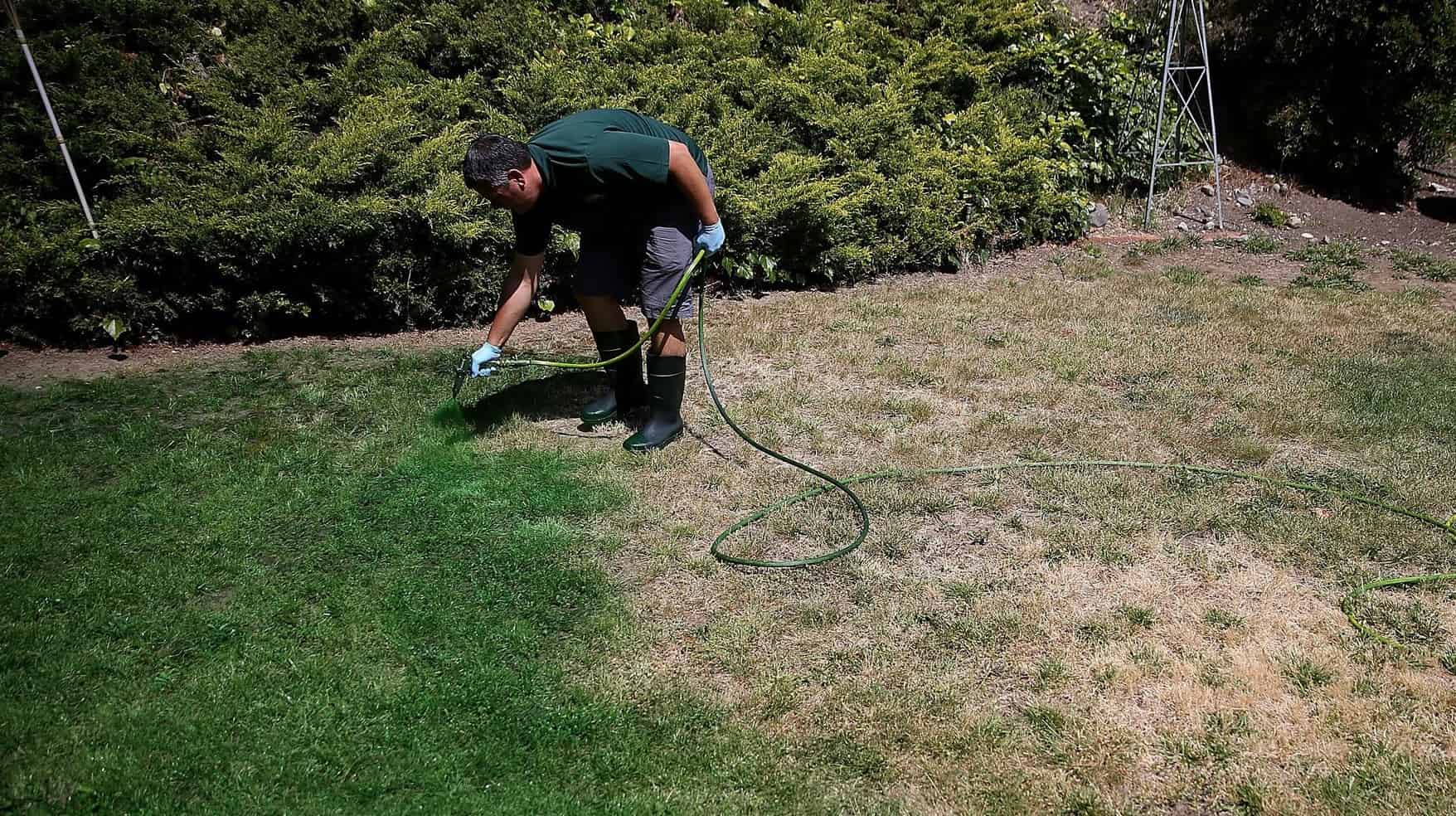
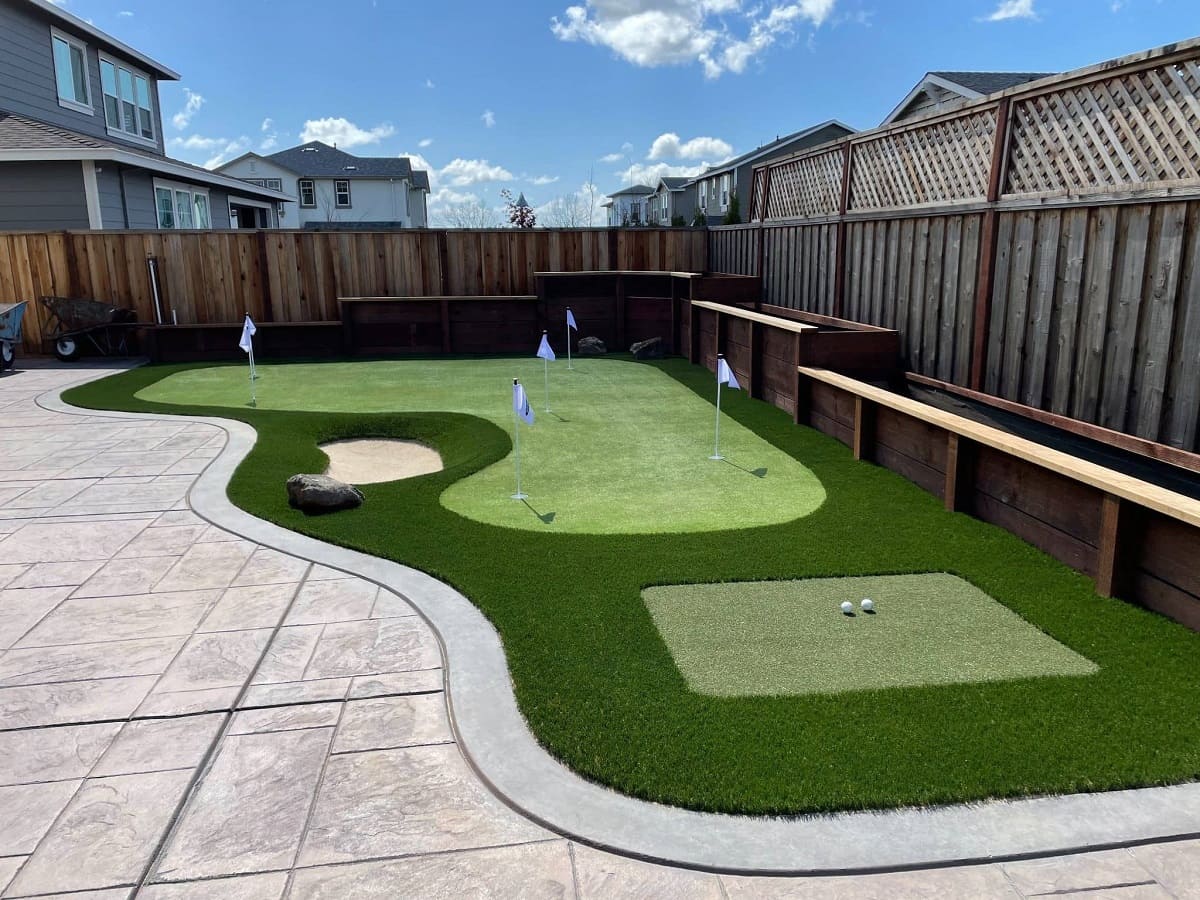
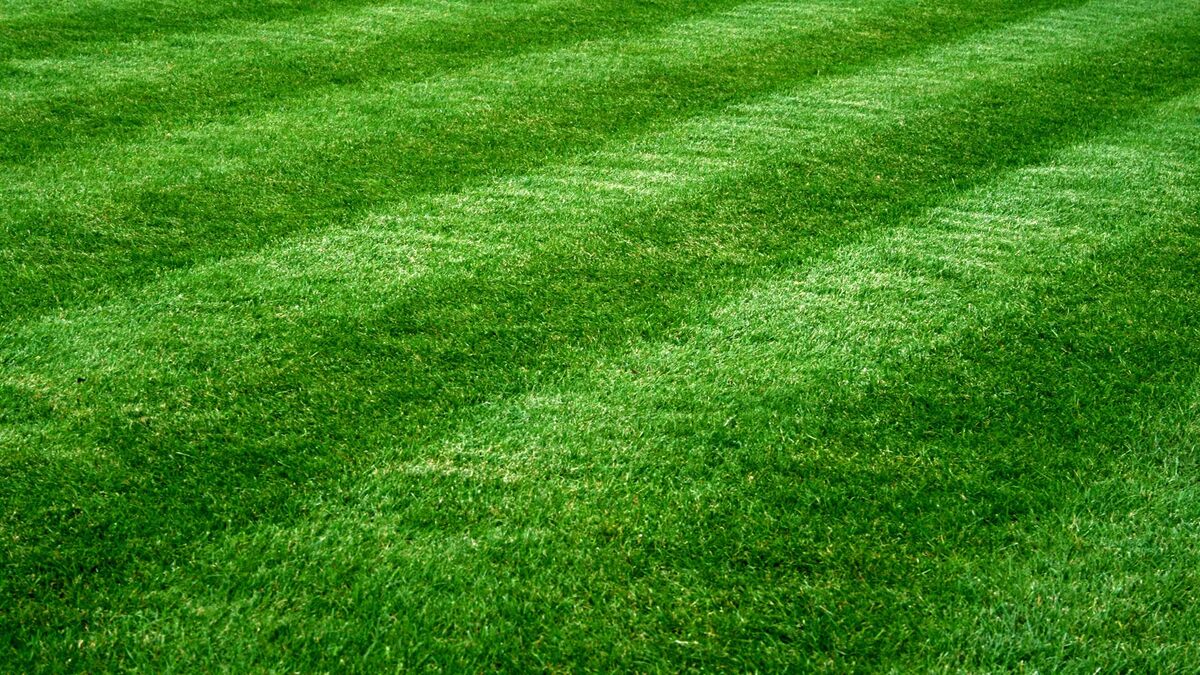
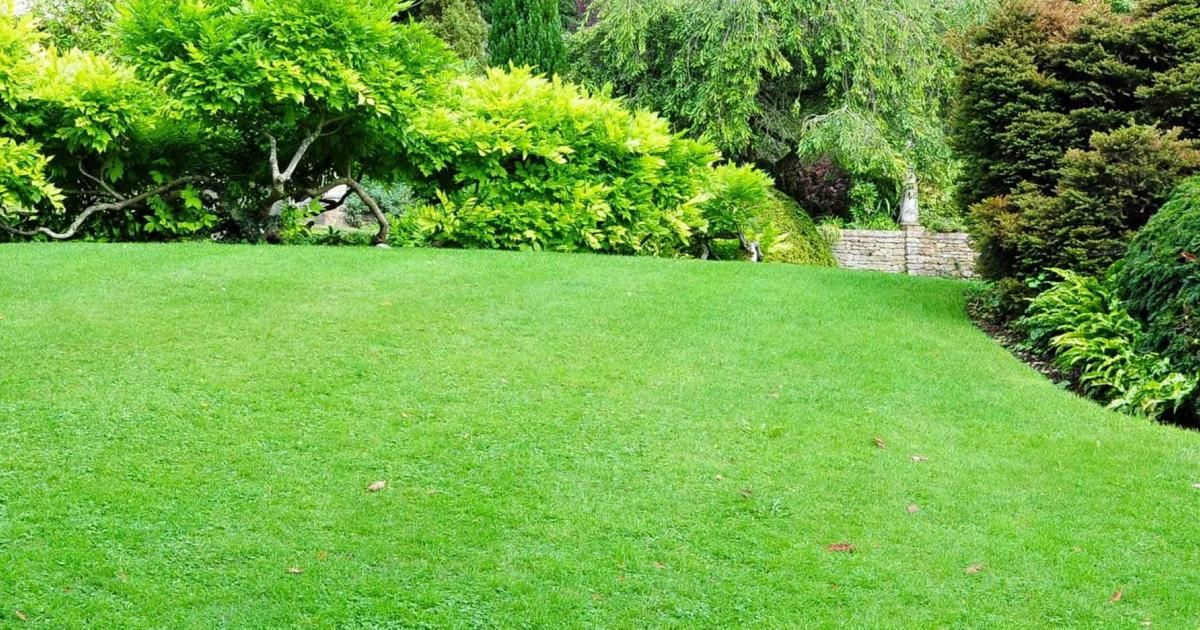
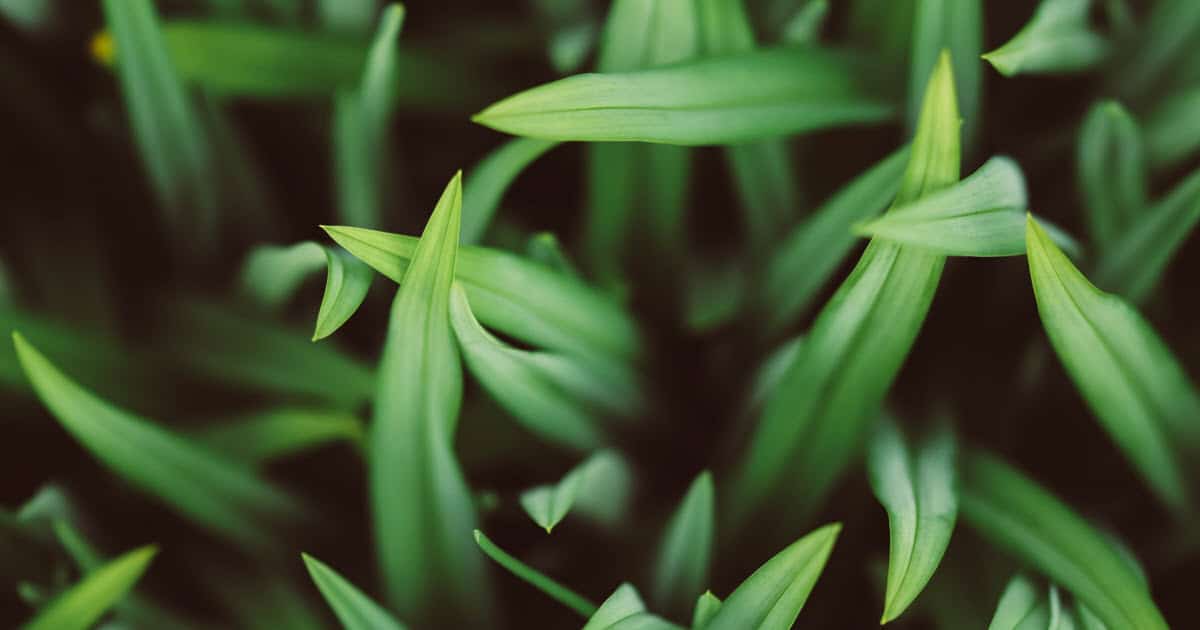
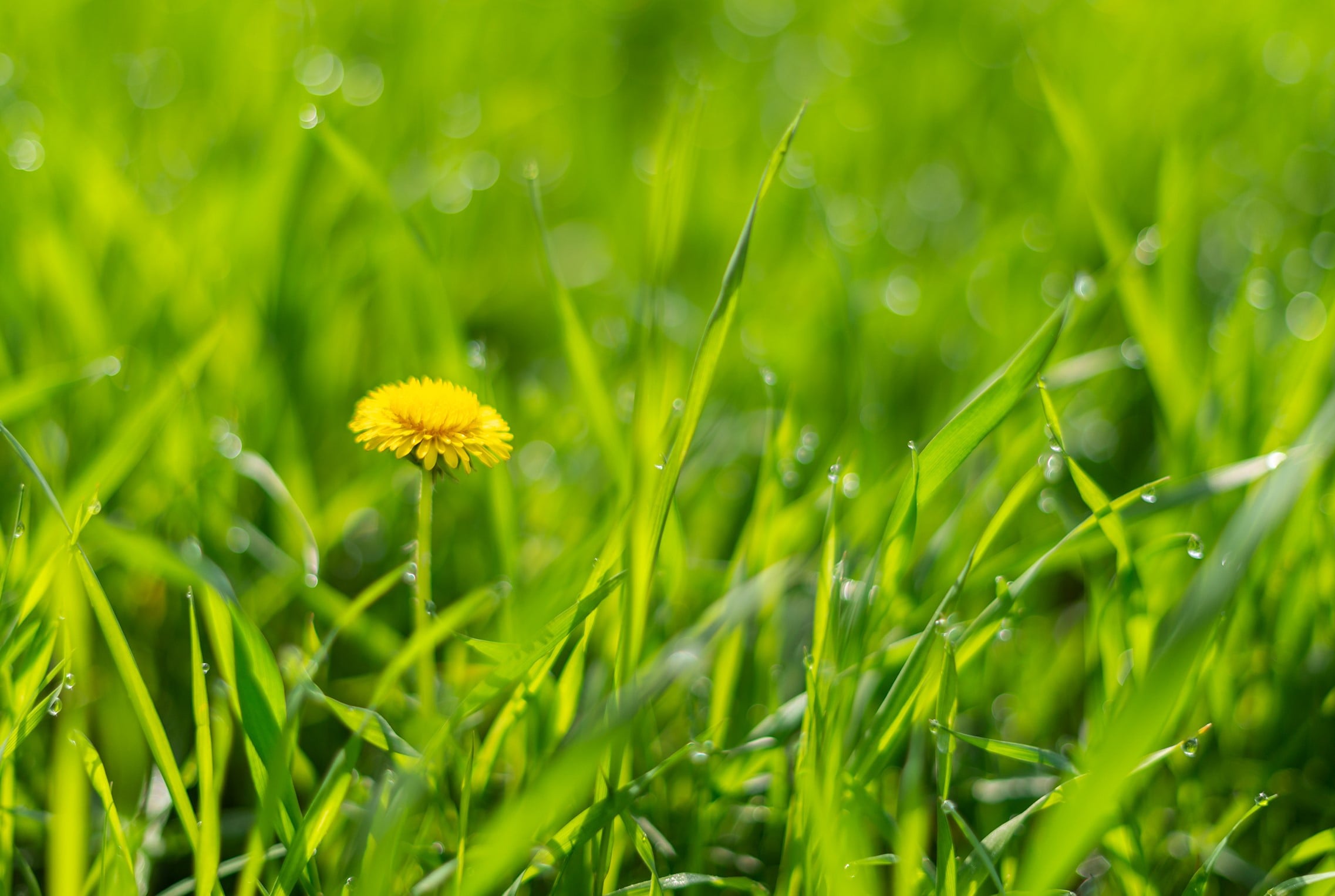
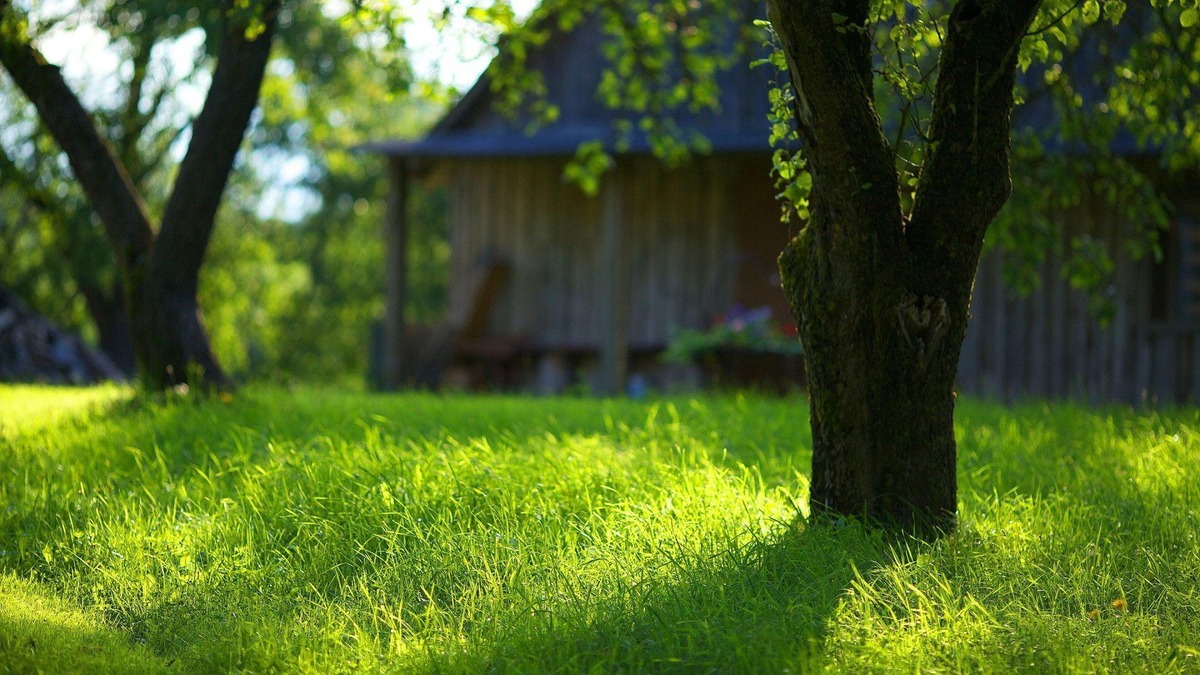

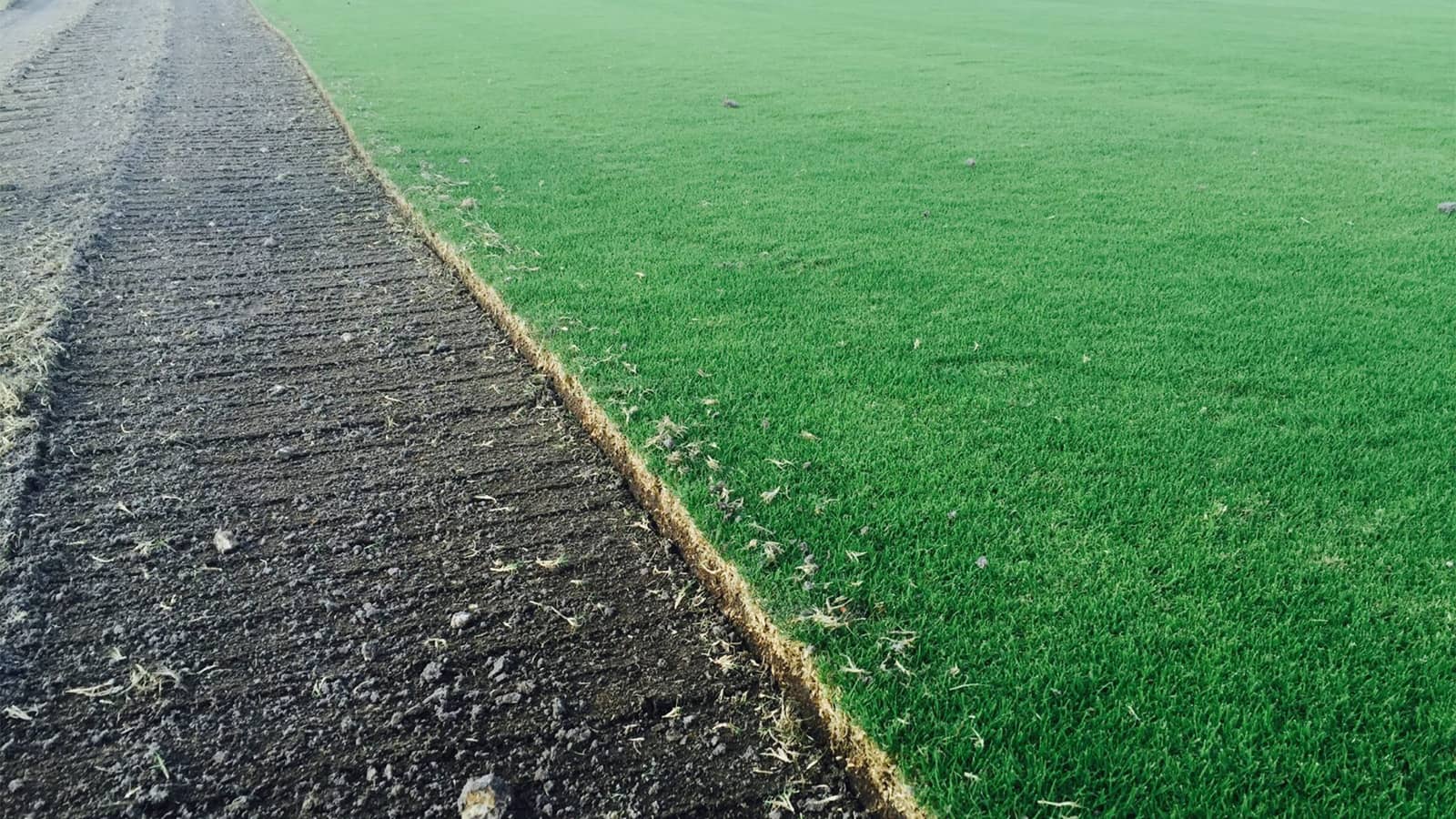
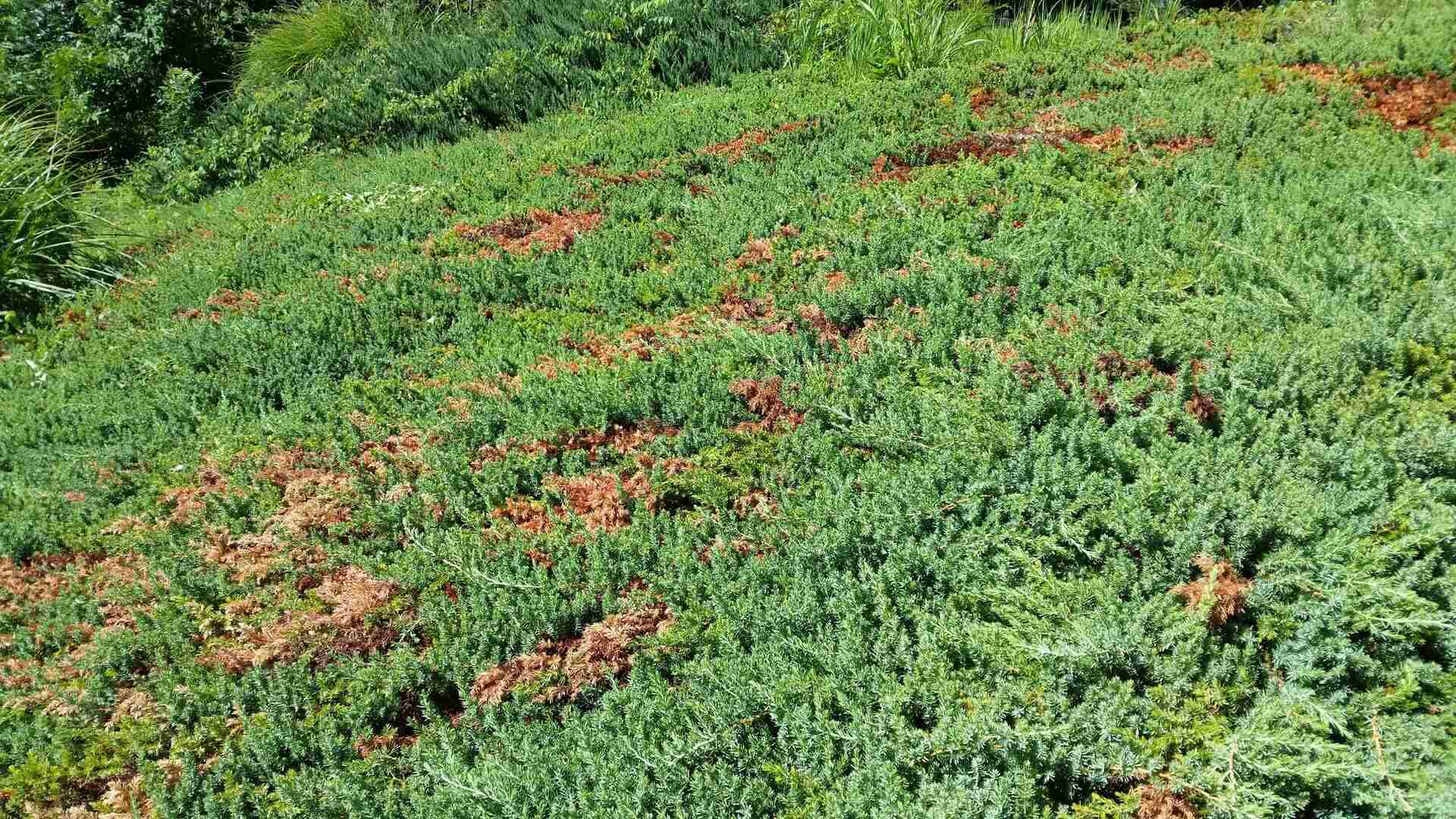



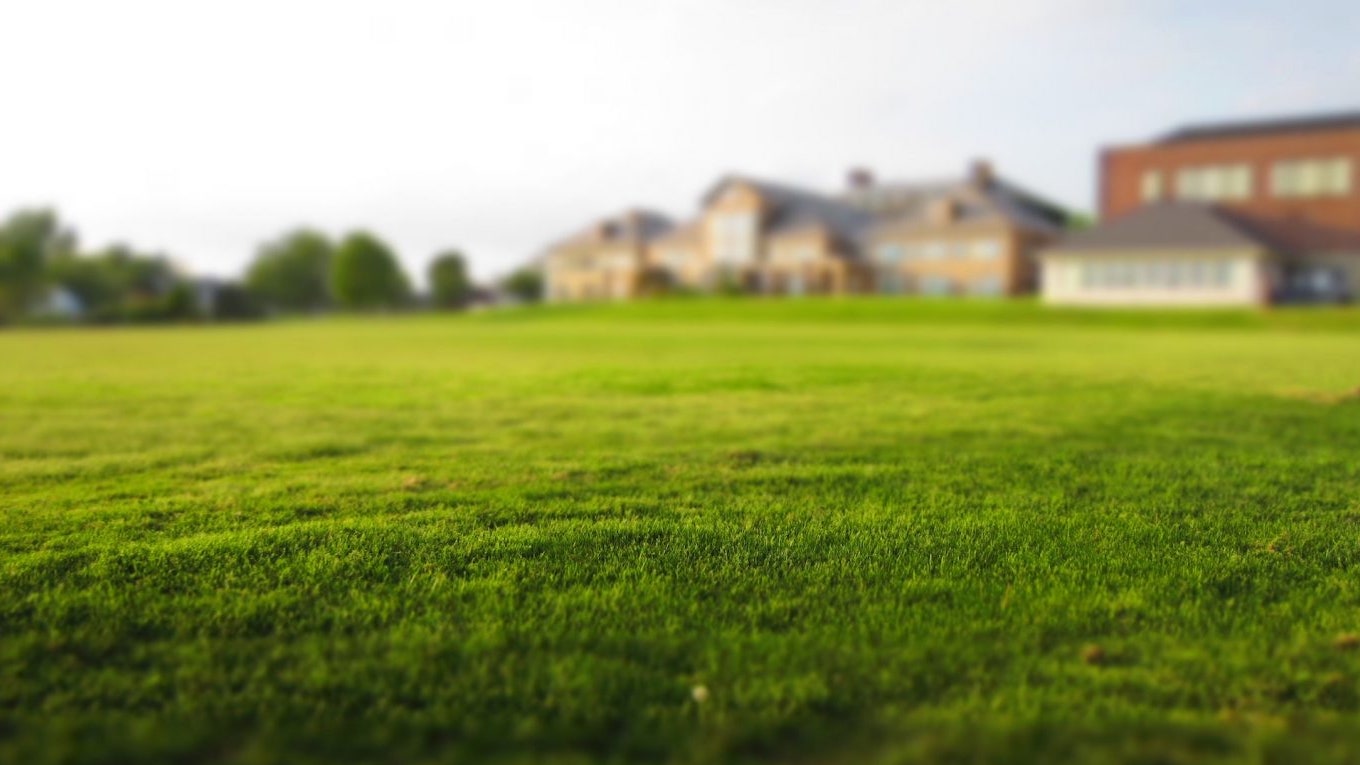


0 thoughts on “How To Make My Brown Grass Green Fast”